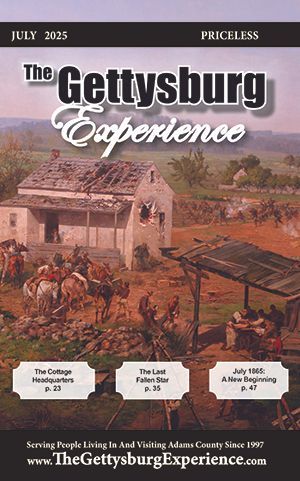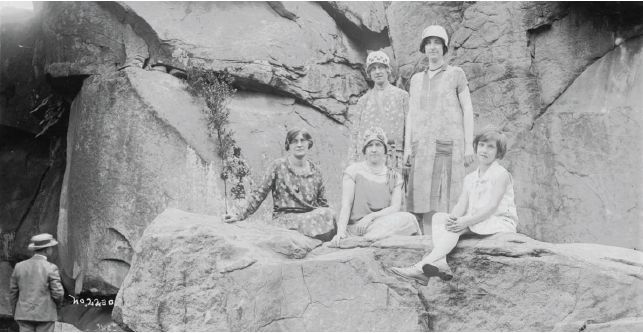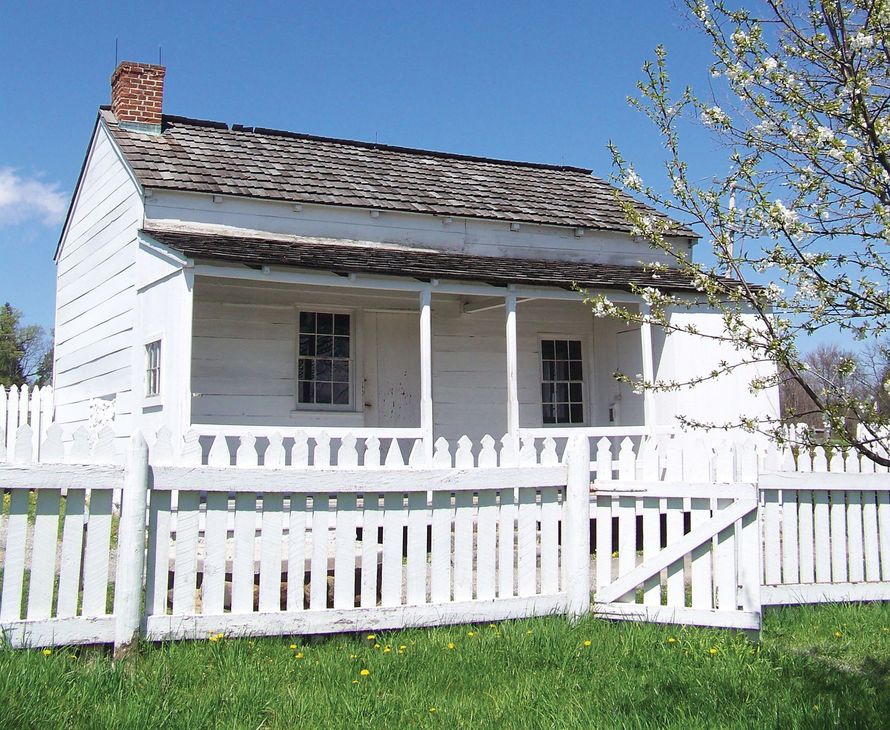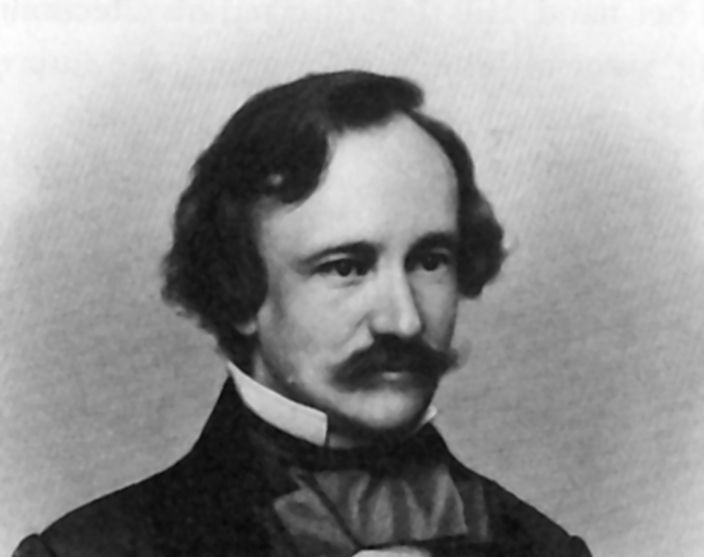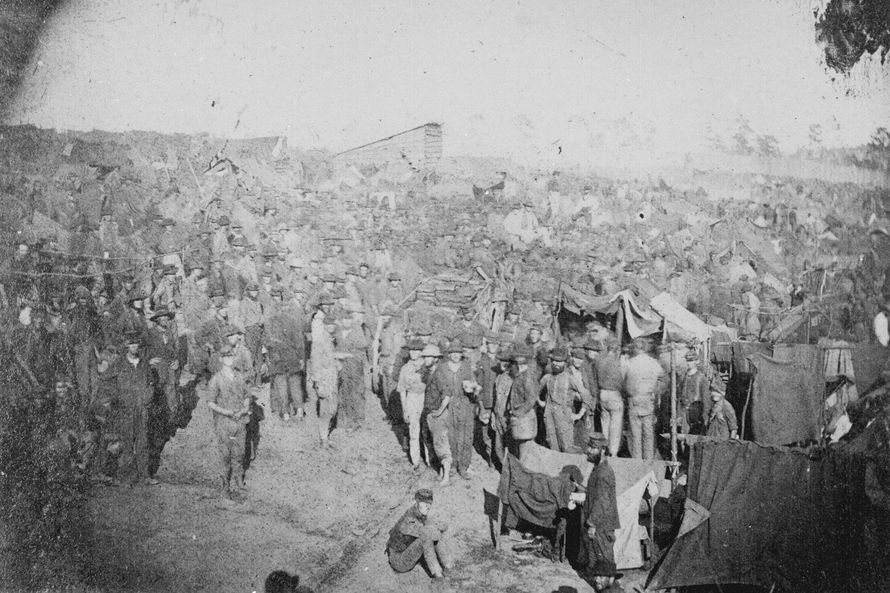This Month's Headlines:
Editor's Letter
The 162nd anniversary of the Battle of Gettysburg is here. To help commemorate this epic event, we bring you several articles of historical interest, as well as old-time summer recipes and our updated Calendar of Events – all of which begin on page 11.
Learn about one of many families and their beleaguered home during the battle in The Leister Farm: The Cottage Headquarters, beginning on page 23. A biographical glimpse at one of those who fell in the Gettysburg Campaign is documented in J.J. Pettigrew: The Last Fallen Star, beginning on page 35. Learn about what transpired 160 years ago in July 1865: A New Beginning, starting on page 47. A quick look at one of the preferred places for photographs – and one man who took his studio there – is found on page 45. Our Editor’s Corner gives us A Look Back, and it goes back a long way. It starts on page 53. Read More >
The Leister Farm: The Cottage Headquarters
On July 2, 1863, surrounded by the shadow of night, a group of Union generals crowded in a small room in a miniscule house on Cemetery Ridge. The cottage, serving as General Meade’s headquarters, was situated in the center of the Union defensive line at Gettysburg. The clandestine meeting held that night proved to be pivotal for the battle that had already been raging for two full days.
The tiny Leister farm, which Meade had chosen as his headquarters, was “little more than a hut”. Up to the time of the battle the place housed a widow and several of her children. Unfortunately for its owner, the Leister home, located in a swale behind the deployed Union troops, proved to be in an unlucky location.1 >Read More
J.J. Pettigrew: The Last Fallen Star
On June 3, 1863, encouraged by his success from the recent Battle of Chancellorsville, Robert E. Lee and his army left Fredericksburg, Virginia, intending to head north.
It was the beginning of The Gettysburg Campaign.
In the Civil War, a campaign was a plan by a military commander that usually involved a great battle, or multiple battles, to achieve a certain outcome. The Gettysburg Campaign, then, was decided by General Lee, in an attempt to strike a decisive blow to the Federals somewhere on their home turf. While no one yet knew that the campaign’s culmination would be the town of Gettysburg, Lee needed to fight above the Mason Dixon Line to give his beloved South a reprieve from war. He hoped to give a battle far from Virginia, to threaten the Northern populace with war torn fields of their own. He needed to feed and outfit his severely malnourished and ragged troops. And, he wanted the war to end. Lee’s doctor had, in late March of 1863, diagnosed him with a fatal condition: irreversible heart disease. All of these factors led to the crossroads town of Gettysburg. >Read More
The Devil's Den Photographer
The Civil War was not the first war where photography was utilized – the Crimean War was the first – but photography certainly came of age during the Civil War. Multiple photographers, like Matthew Brady and Alexander Gardner, built their reputations on what they captured for posterity.
Photography at Gettysburg continued to flourish after the war, as millions over the years visited the famous battlefield.
A less famous, but nevertheless successful photographer in Gettysburg from the post-war period through the 1920s was Marian Williams, known to the townspeople as Max. Born in 1868 and raised in Gettysburg, Williams gleaned an early fascination with the late battle, coupled with the art of photography. As a young adult he opened a studio in the back of his home on the corner of West High and South Washington Streets. He worked out of his studio, perfecting his craft for forty years. >Read More
July 1865: A New Beginning
As June faded into July during the summer of 1865, two full years had passed since the Battle of Gettysburg. That epic battle had proved the turning point of the war, and finally that war was at an end. Soldiers were going home, always remembering those comrades who remained buried in Virginia, Georgia, Maryland, and Pennsylvania.
The first Independence Day after the war was held on July 4, 1865. It was a celebratory occasion for the cities of the North. Towns and cities of the South, however, were less excited to commemorate the Federal holiday. Former Confederates were not inclined to take part in the festivities as those north of the Mason Dixon Line.1 >Read More
Editor's Corner: A Look Back
We are already a quarter century into the new millennium. As July has always proved a pivotal month in the history of Gettysburg, it seemed an appropriate time to take a look back into the past years that also ended in the number 25. Here are a few pivotal events of the last 1400 years:
In the year 1925, particularly in July, the dreaded Adolf Hitler published his book Mein Kampf. He had dictated it to his compatriot Rudolf Hess while the pair were in prison for insurrection. >Read More
Recipes
The Books

A Gettysburg Collection,
A Biographical Treasury
By Diana Loski
Diana Loski is the editor of The Gettysburg Experience magazine. For the Civil War enthusiasts, for the visitor passing through, or for the long-time Gettysburg resident, this book will capture the essence of this unique and wonderful, and sometimes tragic, place known to the world as the Borough of Gettysburg.
$12.00 plus $4.50 S&H
Books are available for purchase
by calling
717-359-0776.
About Us

The Gettysburg Experience magazine, a publication exploring the Gettysburg of yesterday and today. We offer an array of interesting articles – most of which have a direct relation to historic Gettysburg from the Colonial era through the turn of the 21st century, often with an emphasis on the famous battle that occurred in the summer of 1863.
The Gettysburg Experience also offers a comprehensive Events Calendar (for those who want to know what special happenings to attend when they visit – any time of the year), delicious recipes, Gettysburg trivia, profiles of people and area businesses.
Having served the Gettysburg area since 1997, The Gettysburg Experience extends our magazine to a wider circulation of readers, offering a glimpse into one of America’s most fascinating towns.
Our Latest Issue
